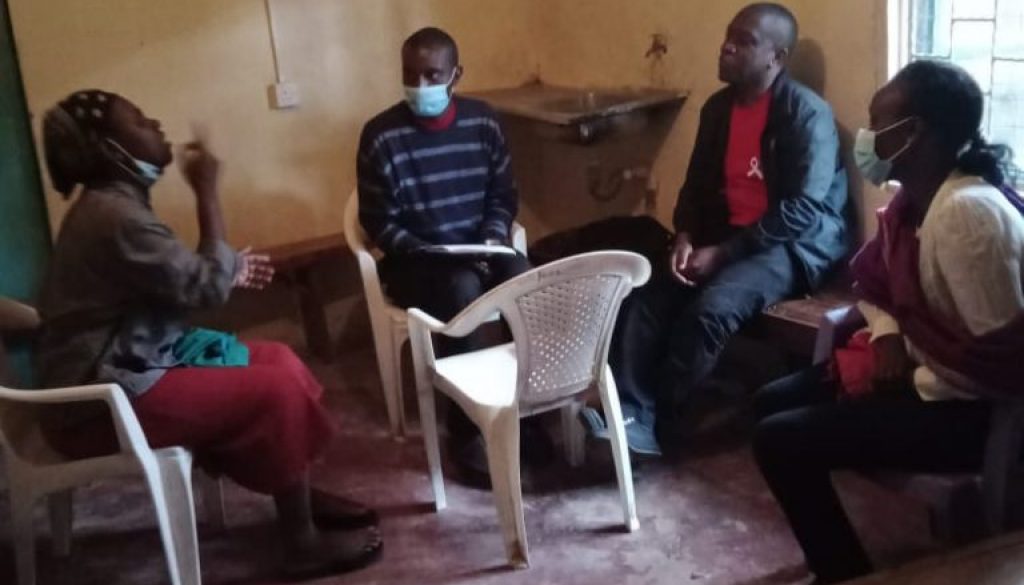Photovoice with disabled community members in urban informal settlements in Nairobi
Nelly Muturi from LVCT Health reflects on what she has learned from conducting a Photovoice project with marginalised community members in the informal settlements of Nairobi.
While I have been working with marginalized people from urban informal settlements for some time, my experience from the Photovoice phase of the ARISE study has been unique. It opened my eyes to the realities of living in urban informal settlements and being marginalized.
Photovoice is a collective visual method of data collection in which selected people use photographs to capture aspects of their environment and experiences within communities that are important to them. These pictures can be used – usually with captions written by the photographers – to bring the reality of the photographers’ lives to the attention of policy makers and other stakeholders in order to spur change.
In the ARISE study, photovoice is being used as a data collection approach to amplify the voices of marginalized and vulnerable community members in urban informal settlements in relation to what affects their health and well-being.
Everyone living in urban informal settlements is marginalized, however some are more marginalized than others, and communities know this. One such group are Persons living with Disabilities (PLWD). As part of the Photovoice study, we began engaging with PLWD living in urban informal settlements and from this, I have learnt a few lessons.
- Treat PLWDs sensitively – Many of the people that we worked with have experienced trauma. Research can evoke traumatic memories for example injuries that led to their disability or more recent experiences with COVID-19.
- Disabilities vary and require different communication strategies – People with different impairments will need to be communicated with in different ways. Researchers must be considerate of the needs of each of the different categories of marginalized people. For example, deaf people can have different levels of understanding of sign language influenced by literacy levels and the ‘hood’ which differs from one urban settlement to another. You need to understand your research participants well to know how to be able to communicate effectively.
- Support systems matter – PLWD need good, trusted support systems both at home and project level to be able to participate effectively in research studies. They may well have been taken advantage of in the past. So as a researcher it is important to identify the support system that a PLWD uses and trusts and work with it. This requires flexibility in terms of adjusting for the time it takes to engage and where this engagement will take place.
- Build trust – Research requires trusting relationships with communities and with participants themselves. Though this takes time, it can be achieved through regular feedback sessions with all relevant stakeholders, regular meetings and de-brief sessions with participants
- Listen – Regular engagement meetings with people from marginalized communities provides them with an opportunity to speak out and share their concerns, struggles and achievements. It is important to have these frequent meetings as it is helps in providing psychosocial support through speaking out challenges.
Working in the ARISE study has provided me with a great opportunity to highlight the situation of marginalized residents, especially PLWDs, and I am looking forward to seeing this project make a difference in their lives by allowing them to raise their voices in governance and accountability structures in their communities to address the challenges they face.
Image showing ARISE team members conducting an interview with a deaf community member. Note that for deaf people it is not possible to interact/communicate with them with masks on despite the possible health risks due to COVID-19.
